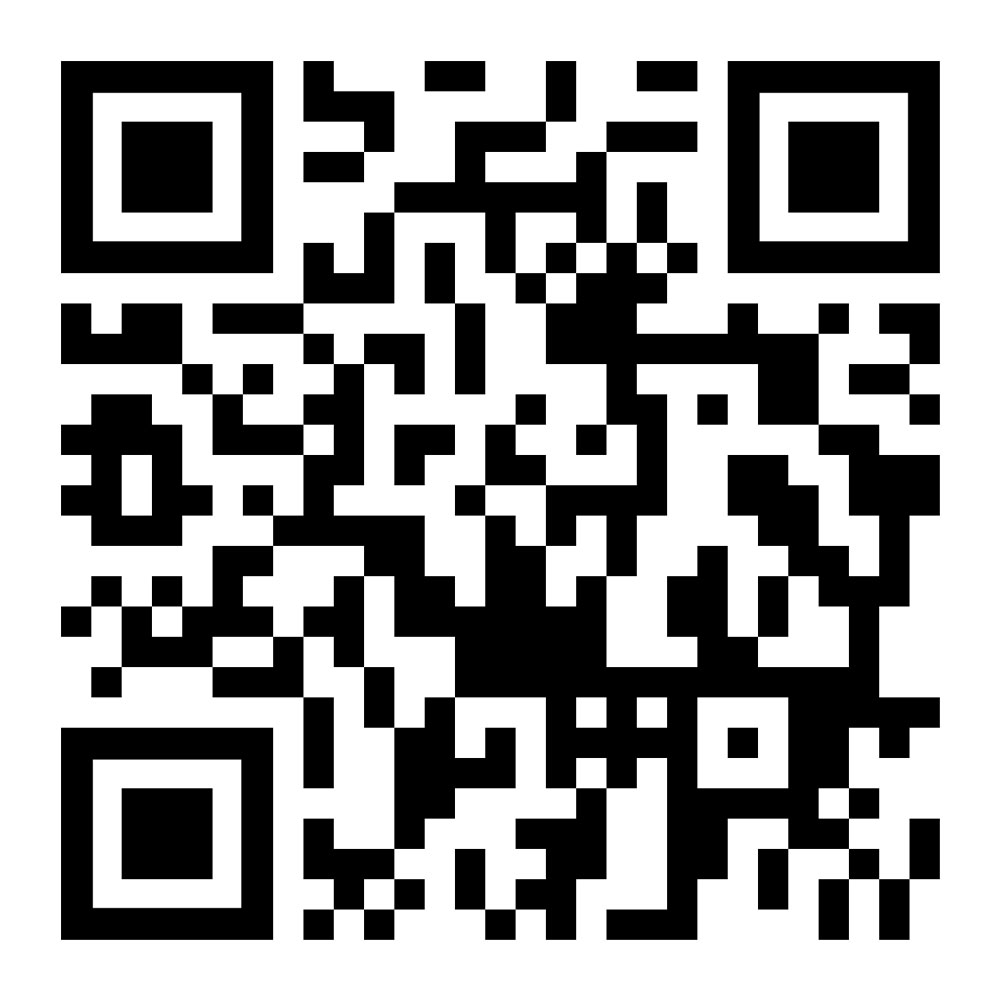The rise of the QR code (again)
The use of QR codes has grown in popularity in recent months as a way for businesses and organizations to conduct day-to-day interactions while complying with public safety and social distancing protocols.
QR codes, the square-shaped black and white barcodes, are read by the camera on your smartphone. Simply pointing the camera at the code, without even taking a photo, opens a digital pathway to such things as a website, restaurant menu, grocery coupon or direct message for a targeted audience.
QR stands for “quick response” because each unique barcode is intended to immediately take the user to a specific destination where they can find information useful to them. Now, the touchless aspect has made the codes more ubiquitous in everyday life.
At Buffalo Ridge Elementary in Castle Pines, the codes are used to open a Google document that enables parents to easily check in and check out students, reducing human-to-human contact. At most restaurants, a QR code directs users to food options as an alternative to paper or other menus that have touch contact. At Elevation Cycles, a bike shop in Parker, a barcode is used to maintain a limited but orderly flow of customers in and out the doors. It’s been an inexpensive way for businesses and schools to quickly adapt to constantly-changing times.
QR codes have been around since 1994, when the Japanese auto industry created them to track vehicles during manufacturing. The initial design was influenced by the black and white pieces on the popular international strategy game, Go.
Scanning QR codes used to require the use of a third-party app to access information, and usage seemed to fall out of favor in the mid-2010s, decreasing from 14 million households in 2011 to 9.76 million in 2018. That number is expected to grow to a total of 11 million households by the end of 2020, largely because of increased use during the pandemic, according to QR Tiger, a QR code generator.
What does the future hold? QR codes are beginning to be used to establish virtual stores where product information and QR codes are presented to customers in public areas, such as airports or train stations. Customers scan the QR codes, and the products are delivered to their homes. The adage of easy as the “touch of a button” seems to have gotten even easier.
